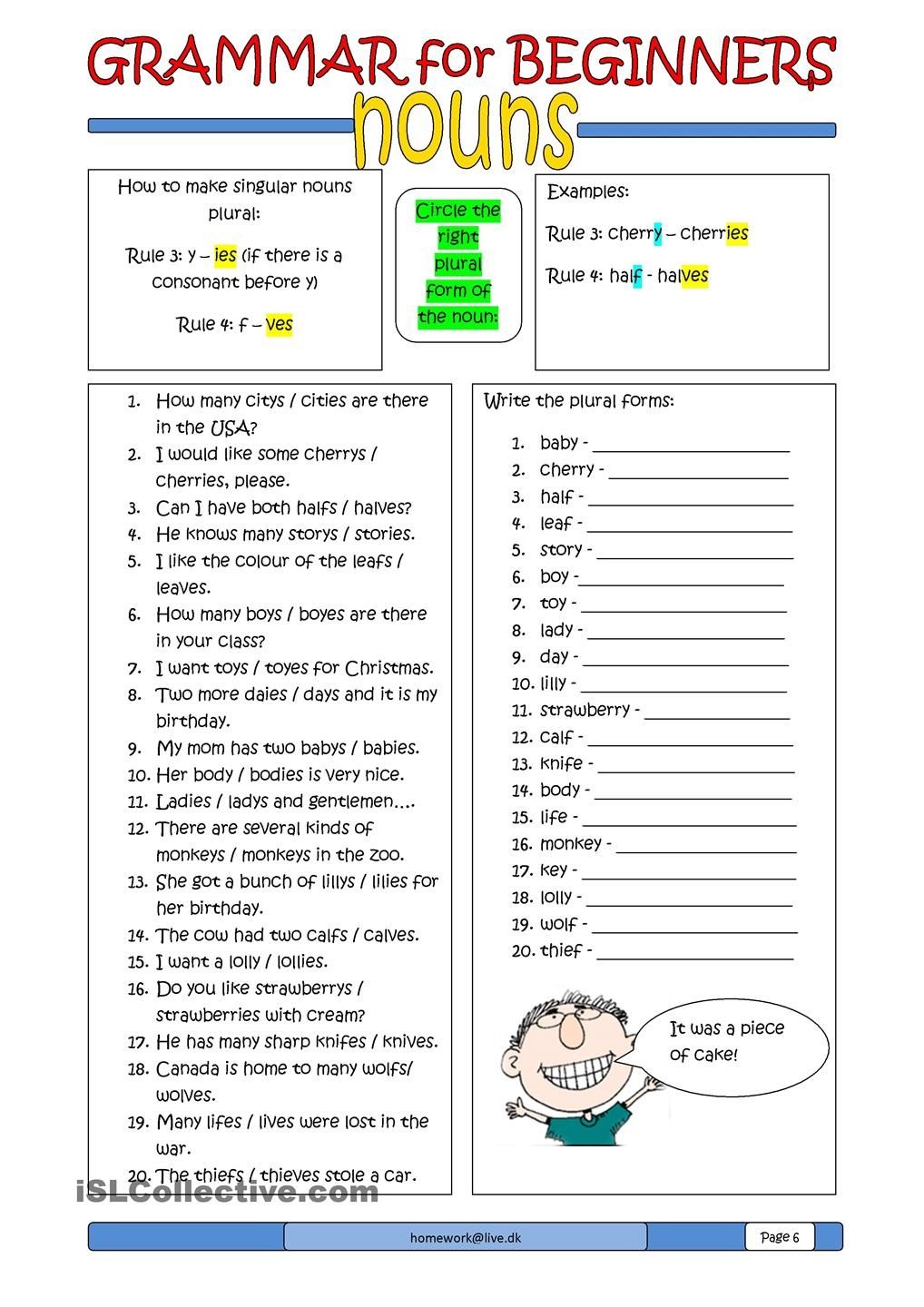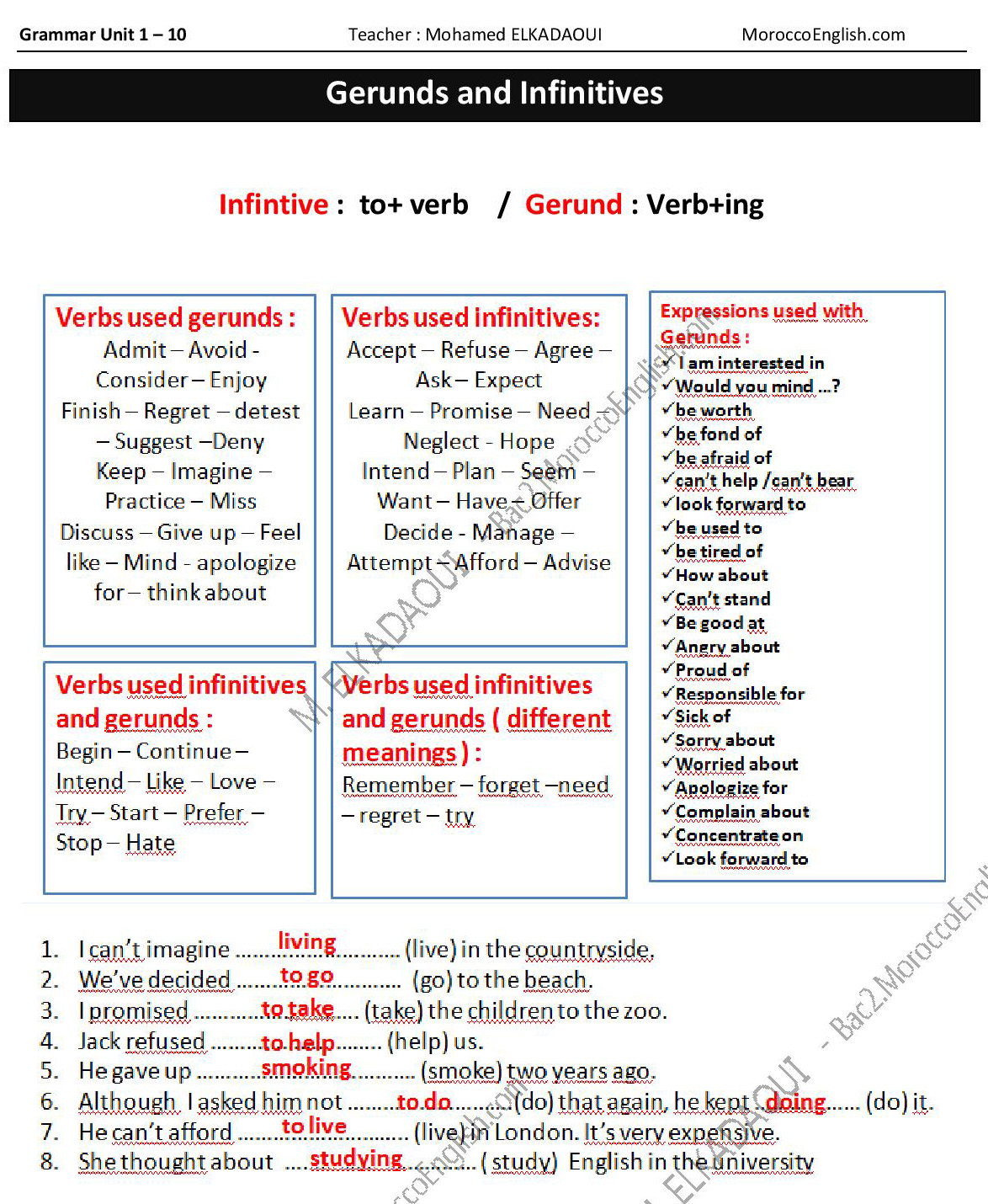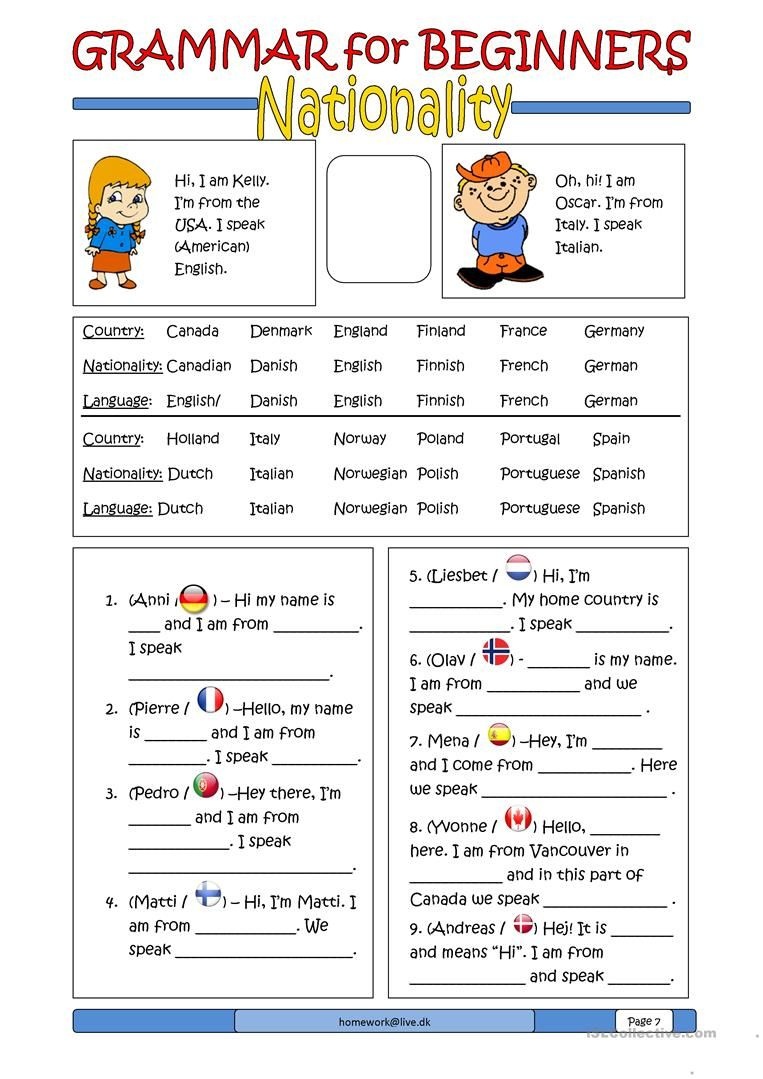
Mastering the Art of Language: Comprehensive Grammar Lessons for Effective Communication
Language is the fundamental tool through which we interact with the world, express our thoughts, and build connections. At its core, the effectiveness of our communication hinges on a robust understanding and application of grammar. Far from being a mere collection of rigid rules, grammar is the very skeleton of language, providing the structure and clarity necessary for meaning to be conveyed accurately and powerfully. This article will delve deep into the world of grammar lessons, exploring why they are indispensable, what key components they encompass, and how a dedicated focus on these lessons can transform one’s linguistic abilities, fostering confidence and precision in every interaction.
Why Grammar Lessons Are Indispensable
The importance of well-structured grammar lessons cannot be overstated. In an increasingly interconnected world, where communication happens across diverse platforms – from professional emails and reports to social media posts and academic papers – clarity is paramount. Poor grammar can lead to misunderstandings, misinterpretations, and a loss of credibility.

- Clarity and Precision: Grammar ensures that your message is clear and unambiguous. A misplaced comma or an incorrectly used tense can drastically alter the meaning of a sentence, leading to confusion or even offense. Proper grammar allows you to articulate complex ideas with precision, ensuring your audience grasps your intended message without effort.
- Professionalism and Credibility: In academic and professional settings, strong grammatical skills are often a hallmark of competence and attention to detail. A document riddled with errors suggests carelessness and can undermine your credibility, regardless of the brilliance of your ideas. Conversely, well-written communication instills trust and respect.
- Effective Communication: Beyond mere correctness, grammar empowers you to construct sentences that are engaging, persuasive, and impactful. It allows for nuance, emphasis, and the ability to convey not just what you mean, but also how you feel about it.
- Enhanced Comprehension: Understanding grammar isn’t just about producing correct language; it’s also about comprehending it. When you grasp the underlying structure of sentences, you can more easily deconstruct and understand complex texts, arguments, and instructions, whether in literature, legal documents, or scientific articles.
- Cultural and Social Fluency: While language evolves, a foundational understanding of grammar allows one to navigate its variations and conventions. It provides a common ground for effective interaction within a linguistic community.




The Core Components of Effective Grammar Lessons
Effective grammar lessons are not about rote memorization but about understanding the logical framework that underpins English. They typically cover a range of interconnected topics, each contributing to the overall coherence and expressiveness of the language.

1. Parts of Speech: The Building Blocks
The journey into grammar often begins with understanding the eight fundamental parts of speech:

- Nouns: People, places, things, ideas (e.g., student, London, book, freedom).
- Pronouns: Replace nouns to avoid repetition (e.g., he, she, it, they, we, you).
- Verbs: Actions or states of being (e.g., run, think, is, become).
- Adjectives: Describe nouns or pronouns (e.g., happy, tall, blue).
- Adverbs: Describe verbs, adjectives, or other adverbs (e.g., quickly, very, extremely).
- Prepositions: Show relationships between a noun/pronoun and other words (e.g., on, in, under, with).
- Conjunctions: Connect words, phrases, or clauses (e.g., and, but, or, because).
- Interjections: Express strong emotion (e.g., Wow! Ouch!).


Understanding the role of each part of speech is crucial for constructing grammatically sound sentences.
2. Sentence Structure: The Architectural Plan
This is where the parts of speech come together. Grammar lessons delve into:
- Subjects and Predicates: Every complete sentence has a subject (who or what the sentence is about) and a predicate (what the subject does or is).
- Clauses: Groups of words with a subject and a verb. Independent clauses can stand alone; dependent clauses cannot.
- Sentence Types:
- Simple: One independent clause (The dog barked.)
- Compound: Two or more independent clauses joined by a conjunction or semicolon (The dog barked, and the cat hissed.)
- Complex: One independent clause and one or more dependent clauses (Although it was raining, we went for a walk.)
- Compound-Complex: Two or more independent clauses and one or more dependent clauses (Although it was raining, we went for a walk, and we enjoyed the fresh air.)
Mastering sentence structure allows for variety and sophistication in writing.
3. Verb Tenses: Navigating Time
Accurate verb tense usage is critical for conveying when an action occurred. Grammar lessons typically cover:
- Simple Tenses: Present (I walk), Past (I walked), Future (I will walk).
- Perfect Tenses: Present Perfect (I have walked), Past Perfect (I had walked), Future Perfect (I will have walked).
- Progressive (Continuous) Tenses: Present Progressive (I am walking), Past Progressive (I was walking), Future Progressive (I will be walking).
- Perfect Progressive Tenses: Present Perfect Progressive (I have been walking), Past Perfect Progressive (I had been walking), Future Perfect Progressive (I will have been walking).
Each tense has specific rules for formation and usage, which are vital for chronological clarity.
4. Punctuation: The Traffic Signals of Language
Punctuation marks guide the reader through the flow of a sentence, preventing ambiguity. Key punctuation includes:
- Periods (.) to end declarative sentences.
- Commas (,): For lists, separating clauses, direct address, etc. Misplaced commas can be highly disruptive.
- Semicolons (;): To connect closely related independent clauses or separate items in complex lists.
- Colons (:): To introduce lists, explanations, or quotations.
- Question Marks (?) and Exclamation Marks (!) for interrogative and exclamatory sentences.
- Apostrophes (‘): For possessives and contractions.
- Quotation Marks (" "): For direct speech or titles.
5. Subject-Verb Agreement: Harmony in the Sentence
A fundamental rule is that a singular subject takes a singular verb, and a plural subject takes a plural verb. This can be tricky with collective nouns, indefinite pronouns, or inverted sentences, making it a common focus in grammar lessons. (e.g., The dog barks vs. The dogs bark; Each of the students is vs. All of the students are).
6. Pronoun Usage: Clarity and Consistency
Pronouns must agree with the nouns they replace in number and gender, and their case (nominative, objective, possessive) must be correct. (e.g., She gave the book to him vs. Her gave the book to he). Avoiding ambiguous pronoun references is also crucial.
7. Modifying Elements: Adjectives and Adverbs
Understanding how adjectives and adverbs modify other words helps in creating vivid and precise descriptions, while also preventing dangling or misplaced modifiers that can cause confusion.
8. Active vs. Passive Voice: Choosing Your Emphasis
Grammar lessons often distinguish between active voice (subject performs the action: The dog chased the cat) and passive voice (subject receives the action: The cat was chased by the dog). While both are grammatically correct, active voice is generally preferred for its directness and clarity, though passive voice has its specific uses (e.g., when the actor is unknown or unimportant).
9. Conditional Sentences: Exploring Possibilities
Conditional sentences express hypothetical situations and their consequences, typically using "if" clauses. There are four main types (Type 0, 1, 2, 3), each with specific tense usage, allowing for nuanced expression of possibilities, realities, and unrealized past events.
Strategies for Effective Grammar Lessons
Effective grammar lessons aren’t just about memorizing rules; they are about internalizing principles and applying them consistently.
- Contextual Learning: Instead of isolated drills, learn grammar in context. Read widely (books, articles, news) and pay attention to how skilled writers use grammar. Analyze sentences and paragraphs.
- Practice, Practice, Practice: Apply what you learn through writing and speaking. Write essays, emails, journal entries. Participate in conversations. Make mistakes; they are part of the learning process.
- Utilize Diverse Resources: Beyond textbooks, explore online grammar checkers, interactive exercises, language learning apps, and videos. Many resources break down complex topics into digestible chunks.
- Break It Down: Don’t try to learn everything at once. Focus on one grammar concept at a time until you feel comfortable with it before moving on.
- Be Patient and Persistent: Learning grammar is a journey, not a destination. It requires consistent effort and a willingness to revise and refine. Even native speakers make grammatical errors.
- Get Feedback: Have your writing reviewed by teachers, tutors, or proficient speakers. Constructive criticism is invaluable for identifying areas for improvement.
- Focus on Understanding, Not Just Memorization: Ask "why" a rule exists. Understanding the logic behind grammatical structures makes them easier to remember and apply correctly.
- Read Aloud: Reading your own writing aloud can help you catch awkward phrasing, run-on sentences, or missing punctuation that you might otherwise overlook.
Beyond Correctness: The Deeper Benefits of Grammar Lessons
While the immediate goal of grammar lessons is often to achieve correctness, their benefits extend far beyond. A deep engagement with grammar cultivates a more critical and analytical mind. It teaches you to dissect language, understand its subtle nuances, and appreciate its power. This analytical skill translates into better critical thinking, improved problem-solving abilities, and a heightened awareness of how language shapes thought and perception.
Furthermore, a mastery of grammar instills confidence. When you know you can express yourself clearly and correctly, you are more likely to participate in discussions, present your ideas, and engage with the world without the fear of being misunderstood or judged. This linguistic confidence empowers you in both personal and professional spheres.
Conclusion
Grammar is not a relic of a bygone era or a set of arbitrary constraints; it is the living, breathing architecture of language, constantly evolving yet built upon timeless principles. Investing time in comprehensive grammar lessons is an investment in your communication skills, your professional future, and your ability to connect effectively with others. Navigating these complexities through structured grammar lessons can significantly enhance a learner’s proficiency. By understanding its core components, adopting effective learning strategies, and appreciating its profound impact, anyone can unlock the full potential of language, transforming their ability to articulate thoughts, persuade audiences, and comprehend the rich tapestry of human expression. Embrace the journey of mastering grammar, and watch your world of communication expand exponentially.
